Protocatechuic acid
Synonym(s):3,4-Dihydroxybenzoic acid;Protocatechuic acid
- CAS NO.:99-50-3
- Empirical Formula: C7H6O4
- Molecular Weight: 154.12
- MDL number: MFCD00002509
- EINECS: 202-760-0
- SAFETY DATA SHEET (SDS)
- Update Date: 2025-12-26 12:07:08
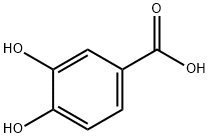
What is Protocatechuic acid?
Chemical properties
white to light yellow crystal powder
The Uses of Protocatechuic acid
3,4-Dihydroxybenzoic Acid is a metabolite of polyphenols such as Phloretin (P339000) and Quercetin (Q509500).
The Uses of Protocatechuic acid
A phenolic acid antioxidant and chemopreventive agent
The Uses of Protocatechuic acid
3,4-Dihydroxybenzoic acid is a metabolite of polyphenols such as phloretin and quercetin. It is also a phenolic acid antioxidant present in fruits, vegetables and nuts. Further, it is found to be an efficacious chemopreventive agent in several carcinogenesis models. In addition to this, it acts as an anti-inflammatory agent.
What are the applications of Application
Protocatechuic acid is a phenolic acid antioxidant and chemopreventive agent
Definition
ChEBI: A dihydroxybenzoic acid in which the hydroxy groups are located at positions 3 and 4.
Biosynthesis
Protocatechuic acid is synthesized from the intermediates of the shikimate pathway. In this case, 3-dehydroshikimate is converted to protocatechuic acid as shown in Fig.11.2. Activity measurements from mung bean seedlings, on the other hand, indicate that 3-dehydroshikimate can be converted to protocatechuic acid (Widhalm and Dudareva 2015). Protocatechuic acid (11.12) upon hydroxylation produces gal- lic acid. The enzyme catalyzing this reaction is not well understood (Muir et al.2011).
Biosynthesis of Protocatechuic Acid
General Description
Protocatechuic acid belongs to the class of polyphenolic compounds, which can be generally isolated from the dried flower of roselle. It can serve as a potential candidate possessing anticancer property, which can be involved in suppressing the growth of human promyelocytic leukemia HL-60 cells.
Biological Activity
Protocatechuic acid (PCA) is a dihydroxybenzoic acid phenolic compound found in many edible and medicinal plants. It is a major metabolite of antioxidant polyphenols found in green tea and demonstrates free radical scavenging capability in a 1,1-diphenyl-2-picrylhydrazyl radical scavenging activity assay (IC50 = 16.3 μM). It is thought to possess anti-inflammatory, antihyperglycemic, neuroprotective, and anticancer activities. Dietary administration of PCA dose dependently inhibits in vitro chemical carcinogenesis and exerts pro-apoptotic and anti-proliferative effects in different tissues. In studies of tumor cell migration and invasion using mouse melanoma B16/F10 cells, PCA at 0.1-2 mM down-regulated the Ras/Akt/NF-κB pathway by targeting RhoB activation, leading to a reduction of MMP-mediated activity.
Biochem/physiol Actions
Chemopreventive in several animal models of carcinogenesis. Blocks cell proliferation in the post-initiation phase.
Source
Protocatechuic acid, in free or bound form, is found in the leaves, fruits, wood, barks, flowers of many angiosperms. Free protocatechuic acid is found in the scales of onion (Allium cepa L.), star anise fruits (Illicium L.) and leaves of grapevines (Vitis L.). It is part of the tannins from leaves of apple trees, bark of oak, bark and flowers of acacia (Acacia L). The 3,4-dimethyl ether of protocatechuic acid, the socalled veratric acid, is widely distributed.
Properties of Protocatechuic acid
| Melting point: | 197-200 °C (dec.) (lit.) |
| Boiling point: | 237.46°C (rough estimate) |
| Density | 1.54 |
| refractive index | 1.6400 (estimate) |
| FEMA | 4430 | 3,4-DIHYDROXYBENZOIC ACID |
| storage temp. | Store below +30°C. |
| solubility | 20g/l |
| form | Fine Crystalline Powder |
| pka | 4.48(at 25℃) |
| color | Beige to brown |
| PH | 3.78(1 mM solution);3.25(10 mM solution);2.74(100 mM solution) |
| Odor | at 100.00 %. mild phenolic balsamic |
| Water Solubility | Soluble in hot alcohol and ether. Slightly soluble in water. |
| Sensitive | Air Sensitive |
| Merck | 14,7894 |
| BRN | 1448841 |
| Stability: | Stable. Incompatible with strong oxidizing agents, strong bases. |
| CAS DataBase Reference | 99-50-3(CAS DataBase Reference) |
| EPA Substance Registry System | Protocatechuic acid (99-50-3) |
Safety information for Protocatechuic acid
| Signal word | Warning |
| Pictogram(s) |
 Exclamation Mark Irritant GHS07 |
| GHS Hazard Statements |
H315:Skin corrosion/irritation H319:Serious eye damage/eye irritation H335:Specific target organ toxicity, single exposure;Respiratory tract irritation |
| Precautionary Statement Codes |
P261:Avoid breathing dust/fume/gas/mist/vapours/spray. P264:Wash hands thoroughly after handling. P264:Wash skin thouroughly after handling. P271:Use only outdoors or in a well-ventilated area. P280:Wear protective gloves/protective clothing/eye protection/face protection. P302+P352:IF ON SKIN: wash with plenty of soap and water. P305+P351+P338:IF IN EYES: Rinse cautiously with water for several minutes. Remove contact lenses, if present and easy to do. Continuerinsing. |
Computed Descriptors for Protocatechuic acid
| InChIKey | YQUVCSBJEUQKSH-UHFFFAOYSA-N |
Protocatechuic acid manufacturer
JSK Chemicals
GK Chemicals
ASM Organics
New Products
4,4-Difluoropiperidine hydrochloride tert-butyl 9-methoxy-3-azaspiro[5.5]undecane-3-carboxylate Indole Methyl Resin N-Isopropylurea N,N-Dicyclohexylcarbodiimide(DCC) MELDRUMS ACID 5-METHYLISOXAZOLE-4-CARBOXYLIC ACID Magnessium Bis glycinate Zinc ascorbate 1-bromo-2-butyne 2-acetamidophenol 9(10H)-anthracenone Erythrosin B, 4-Piperidinopiperidine 2-((4-morpholinophenylamino) (methylthio) methylene) malononitrile 2,4-dihydroxybenzaldehyde 3-(4-morpholinophenylamino)-5-amino-1H-pyrazole-4-carbonitrile Methyl 2-methylquinoline-6-carboxylate 2,6-dichloro-4-nitropyridine 4-Bromo-2-chlorobenzonitrile 2-(benzylamino)acetic acid hydrochloride 4-(tert-Butoxycarbonylamino)but- 2-ynoic acid 3,4-dihydro-2H-benzo[b][1,4]dioxepine 1-Phenyl-1-cycloprppanecarboxylicacidRelated products of tetrahydrofuran

![(7S)-3,7,10,11-Tetrahydroxy-7,8-dihydro-6H-dibenzo[b,d]oxocin-7-methanol](https://img.chemicalbook.in/CAS/GIF/102036-29-3.gif)

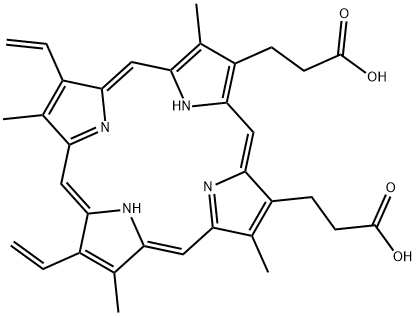


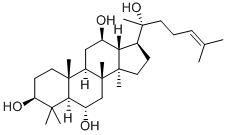

You may like
-
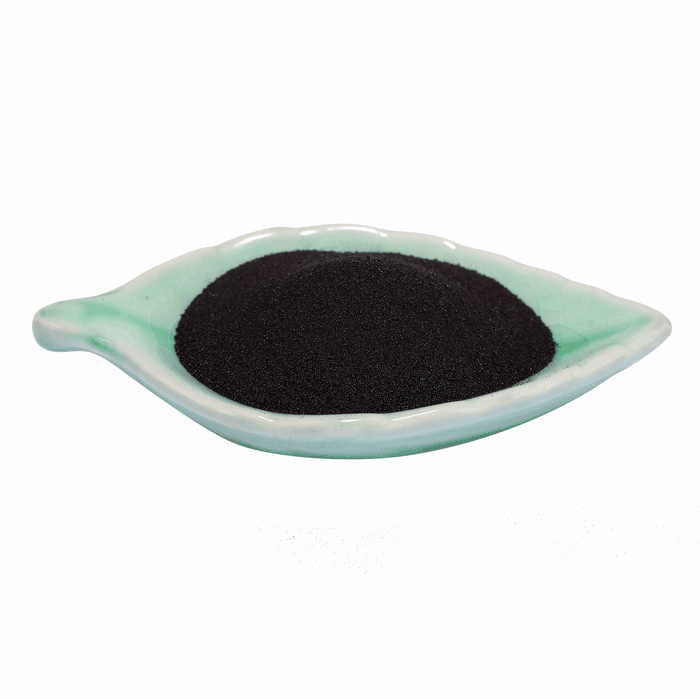 3,4-Dihydroxy benzoic acid 98%View Details
3,4-Dihydroxy benzoic acid 98%View Details -
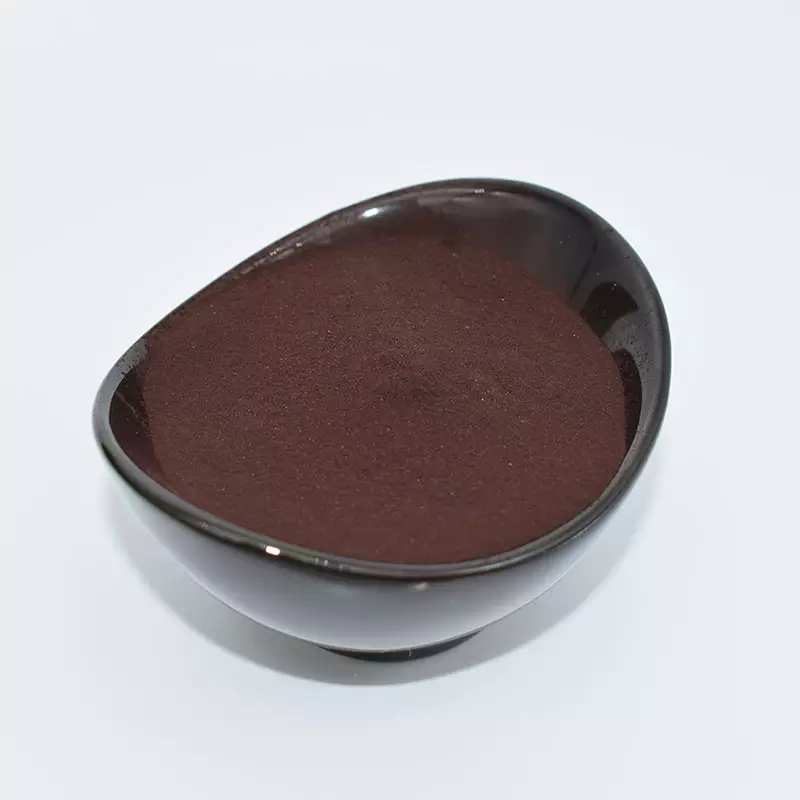 3,4-Dihydroxy benzoic acid 98%View Details
3,4-Dihydroxy benzoic acid 98%View Details -
 Protocatechuic acid CAS 99-50-3View Details
Protocatechuic acid CAS 99-50-3View Details
99-50-3 -
 3,4-Dihydroxybenzoic Acid CAS 99-50-3View Details
3,4-Dihydroxybenzoic Acid CAS 99-50-3View Details
99-50-3 -
 3,4-Dihydroxybenzoic Acid (99-50-3), 50kgView Details
3,4-Dihydroxybenzoic Acid (99-50-3), 50kgView Details
99-50-3 -
 3,4-Dihydroxybenzoic AcidView Details
3,4-Dihydroxybenzoic AcidView Details
99-50-3 -
 3,4 Dihydroxybenzoic Acid, 25 kg, Grade: IndustrialView Details
3,4 Dihydroxybenzoic Acid, 25 kg, Grade: IndustrialView Details
99-50-3 -
 3 4 Dihydroxybenzoic AcidView Details
3 4 Dihydroxybenzoic AcidView Details
99-50-3
